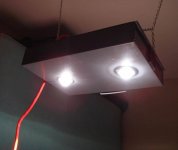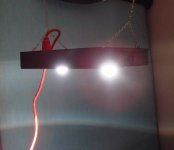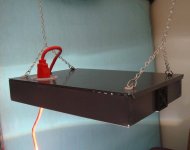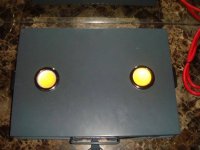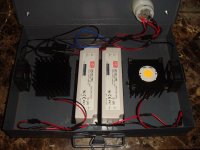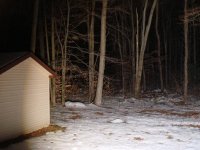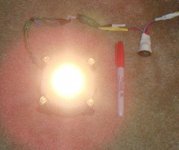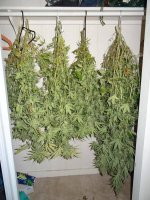DarkGreenGoo..
Member
Except:
a.) They are likely not going to give you a power savings vs. best-of-breed HID, maybe in a few years when the technology develops more, as this thread as pointed out many times:
https://www.icmag.com/ic/showpost.php?p=6679113&postcount=72
b.) The poor irradiance uniformity (footprint) of LEDs means they're not well suited for commercial grows with large canopies.
Did you take into account the $300-400 ballasts needed for the HID systems as well as all the extra fire protection needed? HID lights need lots of different fire protection devices or systems installed or you could get shut down by the fire-marshal.
It also doesn't seem to account for the cost of HVAC/cooling as well as Humidity in the room (As the heat produced by HID's often lowers humidity recuring a humidifier.

